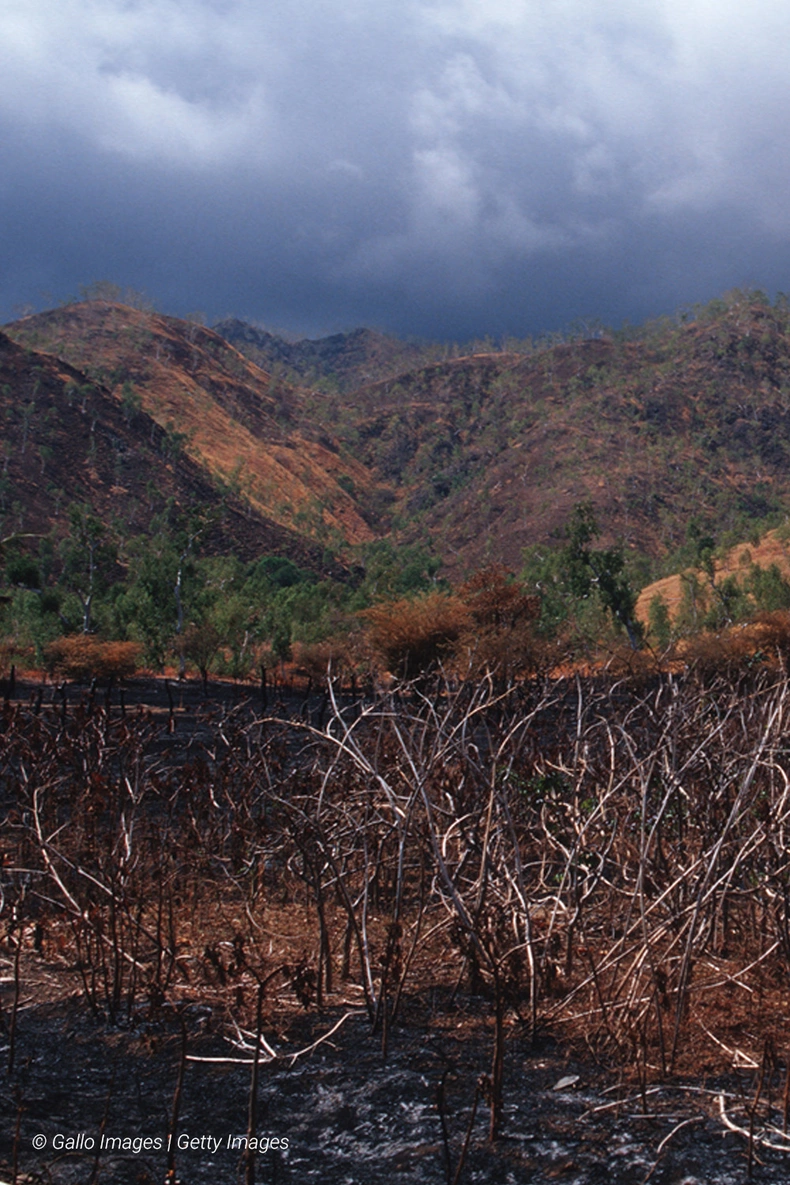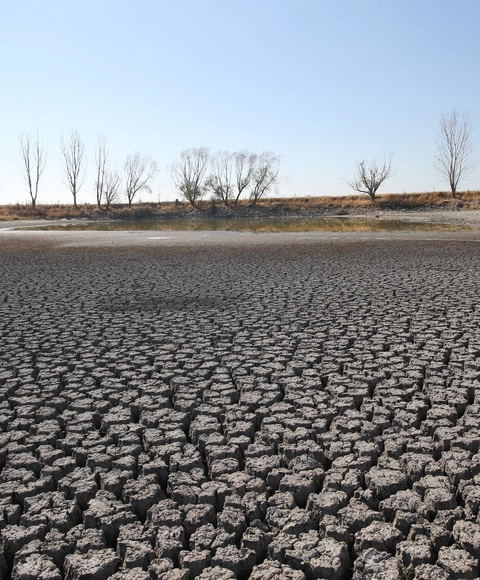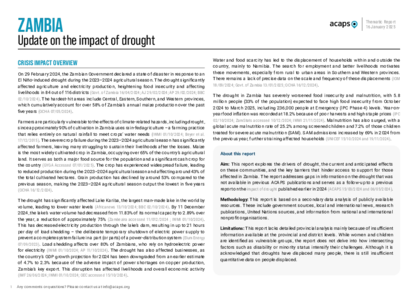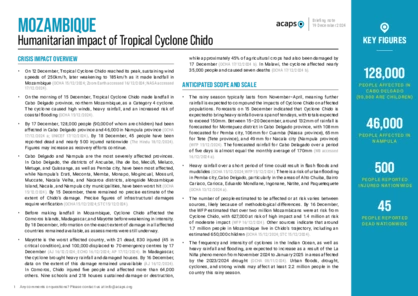Climate change has become one of the main drivers of humanitarian needs worldwide. In 2024, climate extremes pushed over 96 million people into crisis or emergency hunger levels and caused more than 45 million new internal displacements.
Extreme weather events in 2024 caused the highest number of displacements in a single year since 2008.
96m
people affected by climate-related crises in 2023
150M
people to be affected by climate-related crises by 2030

Between 2010–2020, climate extremes — particularly floods, storms, droughts, and heatwaves — were responsible for 83% of natural hazard-related disasters.
These events affected 1.7 billion people and resulted in more than 400,000 deaths. By 2022, 70% of refugees and asylum seekers originated from countries highly vulnerable to climate impacts.
Addressing this complex crisis requires the aid sector to have access to reliable, timely, and high-quality information.
ACAPS seeks to bridge the gap between scientific evidence and aid decision-making by delivering actionable, people-centred, and operationally independent climate change and environmental analysis.
Climate change has the potential to amplify Niño-induced rainfall and temperature anomalies, triggering unpredictable and potentially more extreme outcomes.
This analysis is designed to inform the decisions of humanitarian and development organisations at both global and local levels, supporting disaster risk management, climate change adaptation, anticipatory action, and humanitarian response.
Our pillars
Delivering robust, operationally independent climate impact and risk analysis.
Developing climate data products to support risk analysis and decision-making.
Fostering partnerships in climate analysis and building coalitions.
Analysis products
on
Climate and environment analysis
22 April 2025
Myanmar: Exposure to seasonal hazards in earthquake-affected areas
DOCUMENT / PDF / 421 KB
Myanmar has recently been struck by a magnitude-7.7 earthquake and is approaching the start of its monsoon and cyclone seasons, with forecasts predicting above-average rainfall and temperatures. These challenging conditions, coupled with conflict, poverty, and diminished coping capacities, may present significant risks to the population.
25 March 2025
Mozambique: impact of tropical cyclone Jude
DOCUMENT / PDF / 263 KB
The passage of Tropical Cyclone Jude led to heavy rainfall and flooding, causing injuries, casualties, and extensive damage. By 18 March, the cyclone had resulted in 16 deaths, one missing person, and 135 injuries. By 19 March, over 390,000 people had been affected (85% in Nampula), and more than 89,000 houses were destroyed or damaged.
28 January 2025
Brazil: impact of drought in the Brazilian Amazon and 2025 outlook
DOCUMENT / PDF / 992 KB
This report analyses of the impact of the drought in Brazil, focusing on affected Amazon communities in northwest and central Brazil, primarily in the states of Acre, Amazonas, Mato Grosso, Pará, and Rondonia.
Attached resources
16 January 2025
Zambia: update on the impact of drought
DOCUMENT / PDF / 772 KB
This report explores the drivers of drought, the current and anticipated effects on these communities, and the key barriers that hinder access to support for those affected in Zambia. The report addresses gaps in information on the drought that was not available in previous ACAPS publications and serves as a follow-up to a previous report on the impact of drought published earlier in 2024
19 December 2024
Mozambique: humanitarian impact of Tropical Cyclone Chido
DOCUMENT / PDF / 298 KB
On the morning of 15 December, Tropical Cyclone Chido made landfall in Cabo Delgado province, northern Mozambique, as a Category 4 cyclone. The cyclone caused high winds, heavy rainfall, and an increased risk of coastal flooding. By 17 December, 128,000 people (90,000 of whom are children) had been affected in Cabo Delgado province and 46,000 in Nampula province.
Other useful resources
UN Climate Change
https://unfccc.int/
Climate Centre - Country Climate Factsheets
https://www.climatecentre.org/publications/#Country%20climate%20fact%20sheets
Climate Links - Regional and Country risk profiles
https://www.climatelinks.org/climate-risk-management/regional-country-risk-profiles
World Bank Climate Knowledge Portal
https://climateknowledgeportal.worldbank.org/
ND-GAIN Country Index
https://gain.nd.edu/our-work/country-index/rankings/
Think Hazard
https://thinkhazard.org/en/
INFORM Country Risk Profile
https://drmkc.jrc.ec.europa.eu/inform-index/INFORM-Risk/Country-Risk-Profile
UN CC e-learn
https://unccelearn.org/courses/?lang=en
Climate Centre – Games for a New Climate
https://www.climatecentre.org/priority_areas/innovation/climate-games/








